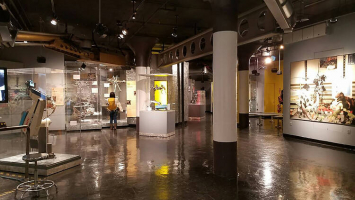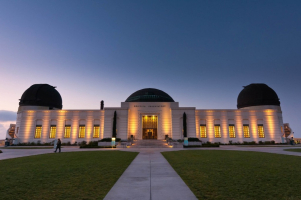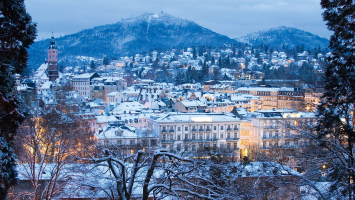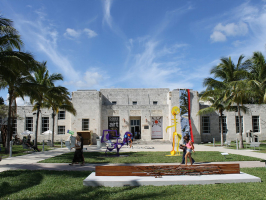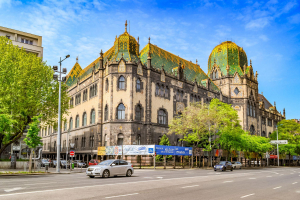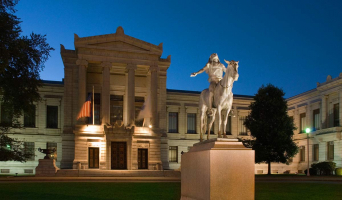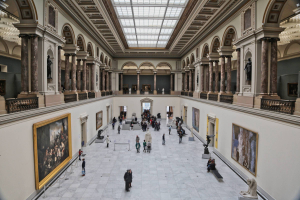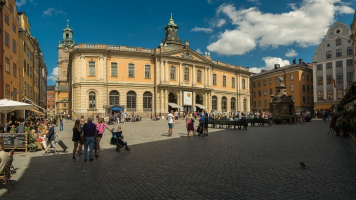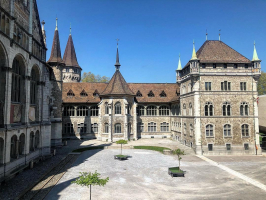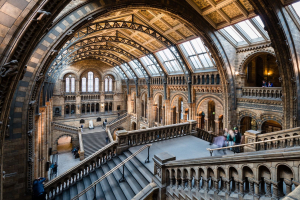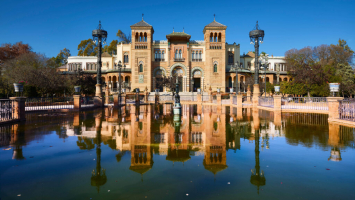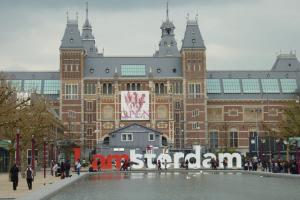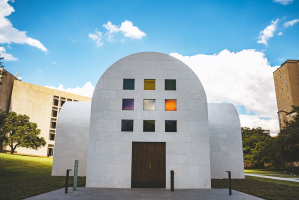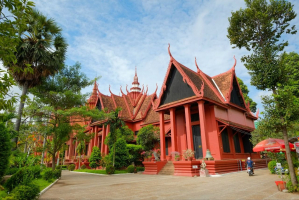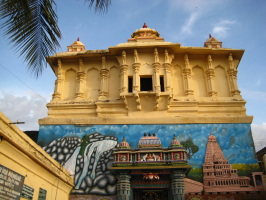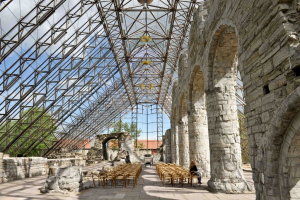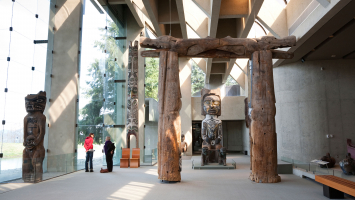Top 12 Best Museums to Visit in Germany
There are about 6.000 museums in Germany, spanning practically every specialty conceivable, from mustard, erotica, and sausages to culture, vehicles, and ... read more...archaeology. A quick stroll through any German city can reveal a dozen or more institutions yearning to be discovered. Let's look at the top museums in Germany.
-
The Pergamonmuseum is a UNESCO World Heritage-listed building on Museum Island in Berlin's historic center. It was erected between 1910 and 1930 by German Emperor Wilhelm II on plans by Alfred Messel and Ludwig Hoffmann in the Stripped Classicism style. The Antikensammlung, which includes the famed Pergamon Altar, the Vorderasiatisches Museum, and the Museum für Islamische Kunst is currently housed at the Pergamon Museum. The structure is closed for renovations until 2025.
Berlin, Germany's capital city, boasts a plethora of fantastic museums for both visitors and locals to enjoy. The Pergamon Museum, on the other hand, allows you to get up close and personal with some of the world's historical wonders, like the Ishtar Gate of Babylon, the Pergamon Altar, and the Market Gate of Miletus, as people did approximately 4.000 years ago.
Location: Bodestraße 1, Berlin 10178
Website: smb.museum/en/museums-institutions/pergamonmuseum
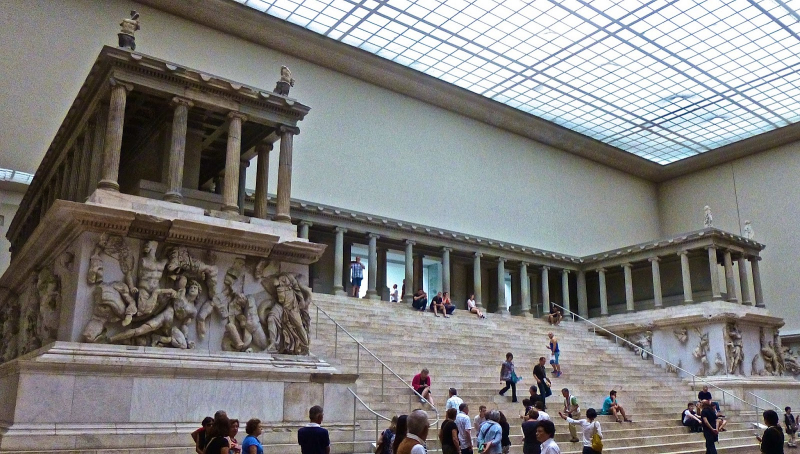
Pergamon Museum, Berlin 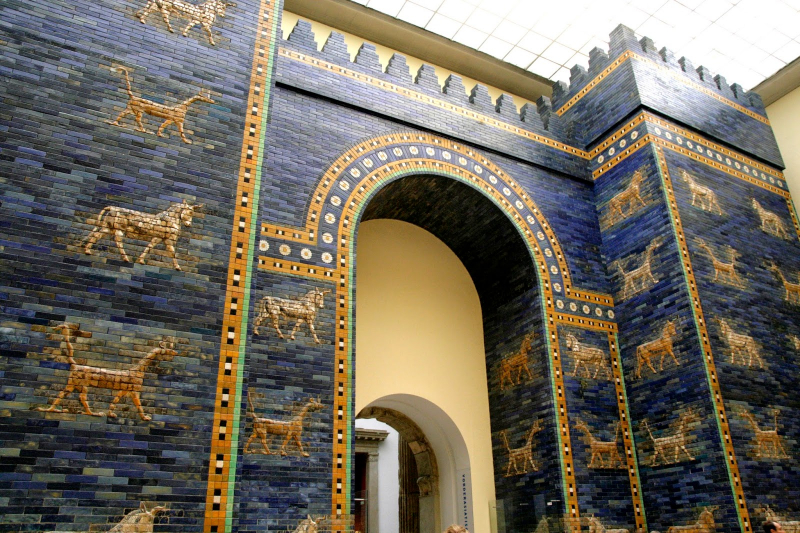
Pergamon Museum, Berlin -
The Senckenberg Museum is a natural history museum in Frankfurt am Main. It is Germany's second-largest of its kind. With 90,000 bird skins, 5,050 egg sets, 17,000 bones, and 3,375 spirit specimens, the museum has a big and diversified collection of birds. In 2010, the museum was visited by about 517,000 visitors.
The Senckenberg Museum was built between 1904 and 1907 outside of Frankfurt, in the same neighborhood as the Johann Wolfgang Goethe University, which was created in 1914. The Senckenberg Nature Research Society, which began with an endowment from Johann Christian Senckenberg, owns and operates the museum.
In front of the Senckenberg Museum, a Diplodocus longus dinosaur model and columnar basalt. A Diplodocus, the crested Hadrosaur Parasaurolophus, a fossilized Psittacosaurus with obvious bristles surrounding its tail and evident petrified stomach contents, and an Oviraptor are among the attractions. The Tyrannosaurus rex, an actual Iguanodon, and the museum's mascot, the Triceratops, are among popular public attractions.Location: Senckenberganlage 25, Frankfurt, HE 60325
Website: museumfrankfurt.senckenberg.de/en
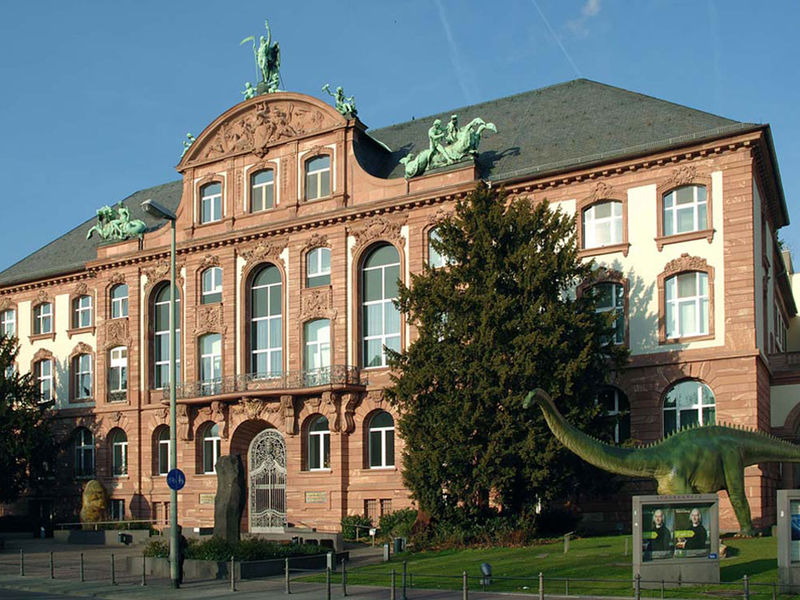
Senckenberg Natural History Museum, Frankfurt 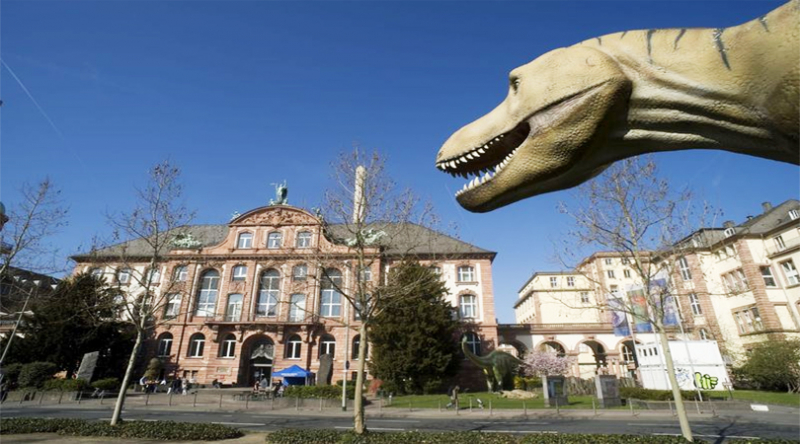
Senckenberg Natural History Museum, Frankfurt -
The Mercedes-Benz Museum is a car museum located in Stuttgart, Germany. It discusses the history of the Mercedes-Benz brand and the brands that are affiliated with it. Stuttgart is home to the Mercedes-Benz brand as well as the Mercedes-Benz Group's international headquarters.
UN Studio built the existing structure, which sits just outside the main entrance of the Daimler factory in Stuttgart. It is built on a unique cloverleaf idea that employs three overlapping circles with the center removed to generate a triangular atrium reminiscent of a Wankel engine. The structure was finished and opened on May 19, 2006. Architecture and exhibition ideas are inextricably linked, as exhibition designer HG Merz was commissioned before the architecture competition in 2001.
Even if automobiles and driving aren't your things, you can't help but become involved at the Mercedes-Benz Museum in Stuttgart, which traces the history of the automotive industry via the history of one of Germany's most famous multinational corporations. Even visitors without a driver's license will be swayed by the incredibly large collection of sparkling cars, which includes everything from the very first patented vehicle to the Popemobile.
Location: Mercedesstraße 100, Stuttgart, Baden-Württemberg 70372
Website: mercedes-benz.com
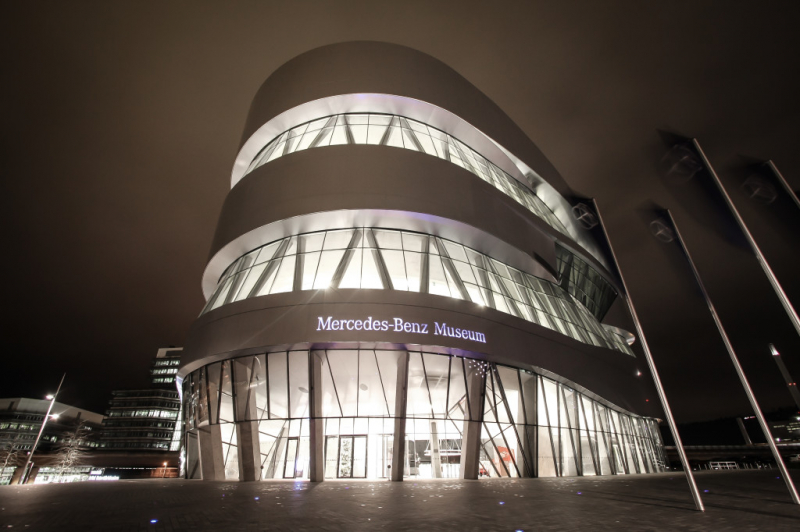
Mercedes-Benz Museum, Stuttgart 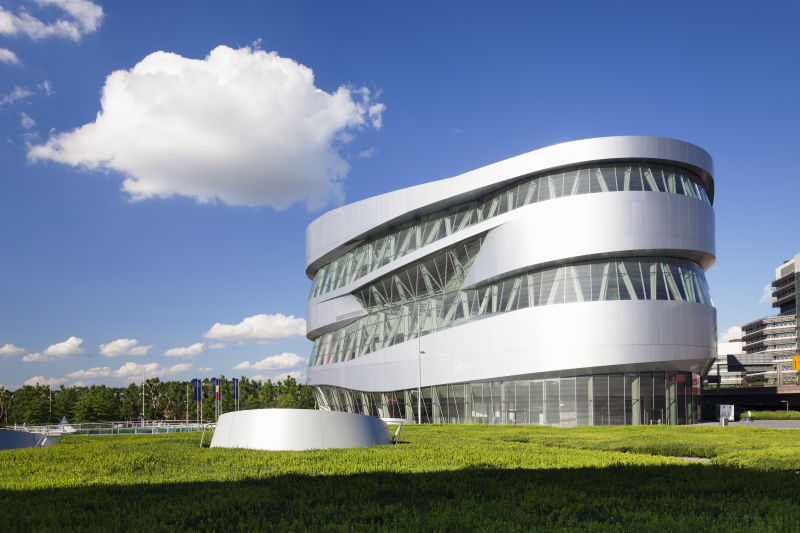
Mercedes-Benz Museum, Stuttgart -
The Green Vault is a museum in Dresden, Germany that houses Europe's greatest treasure collection. Augustus the Strong of Poland and Saxony created the museum in 1723, and it houses artifacts ranging from Baroque to Classicism. The Green Vault is called after the original chambers' malachite green painted column bases and capitals. It claims to be the world's oldest museum; it is older than the British Museum, which opened in 1759, but the Vatican Museums attribute its establishment to the public presentation of the recently unearthed Laocoön group in 1506.
The Green Vault was totally rebuilt after the destruction of Dresden during WWII. Today, its riches are shown in two exhibitions: the Ancient Green Vault, which is famed for its splendors of the historic treasure chamber as it was in 1733, and the New Green Vault, which concentrates on each individual piece in neutral chambers.
Location: Taschenberg 2, Dresden, Sachsen 01067
View Details: bit.ly/383Umdf
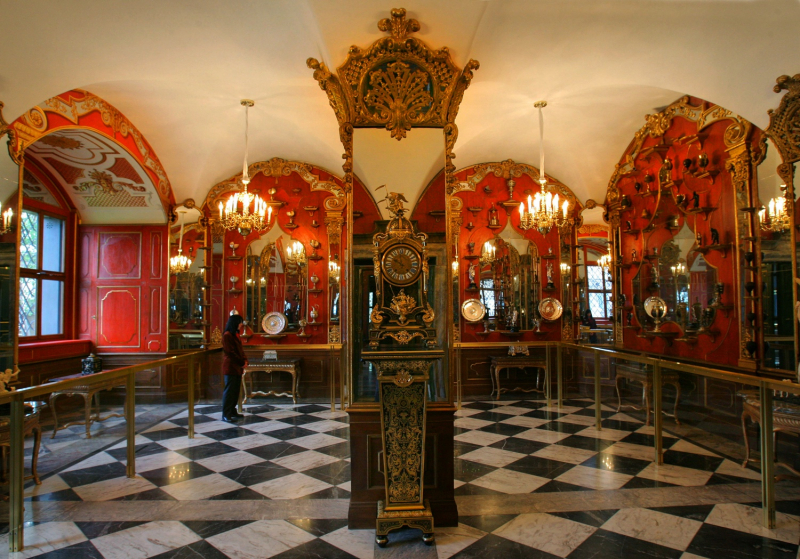
Green Vault, Dresden 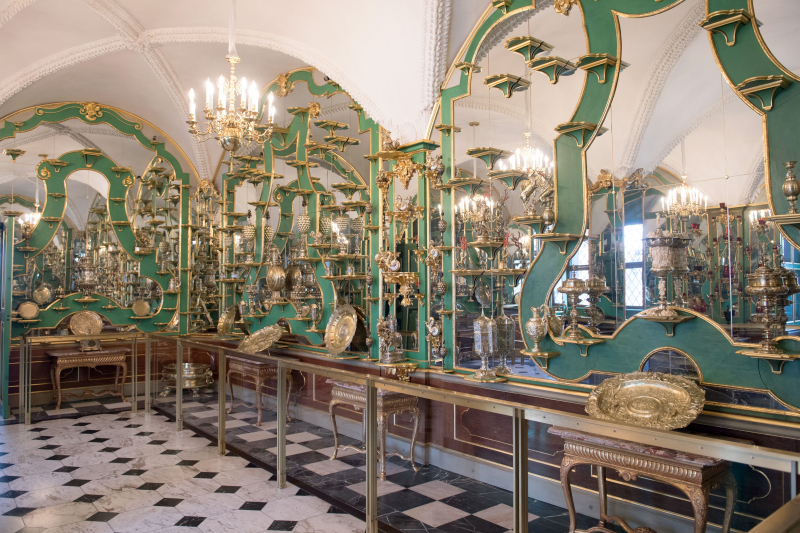
Green Vault, Dresden -
The Deutsches Museum in Munich, Germany, is the world's biggest scientific and technology museum, with around 28,000 exhibits spanning 50 disciplines of science and technology. It draws around 1.5 million visitors each year. On the proposal of Oskar von Miller, the museum was established on June 28, 1903, at a conference of the Association of German Engineers (VDI). It is Munich's largest museum. For a while, the museum hosted pop and rock performances with The Who, Jimi Hendrix, and Elton John.
The Deutsches Museum's primary location is a tiny island in the Isar river that has been used for rafting timber since the Middle Ages. The island had no houses previous to 1772 since it was frequently inundated prior to the construction of the Sylvensteinspeicher. The Isar barracks were established on the island in 1772, and following the 1899 storm, the structures were restored with flood protection. The municipal council declared in 1903 that the island would be donated to the newly completed Deutsches Museum. The island was renamed Museumsinsel because it was earlier known as Kohleninsel.
Location: Museumsinsel 1, München, Bayern 80538
Website: deutsches-museum.de/en
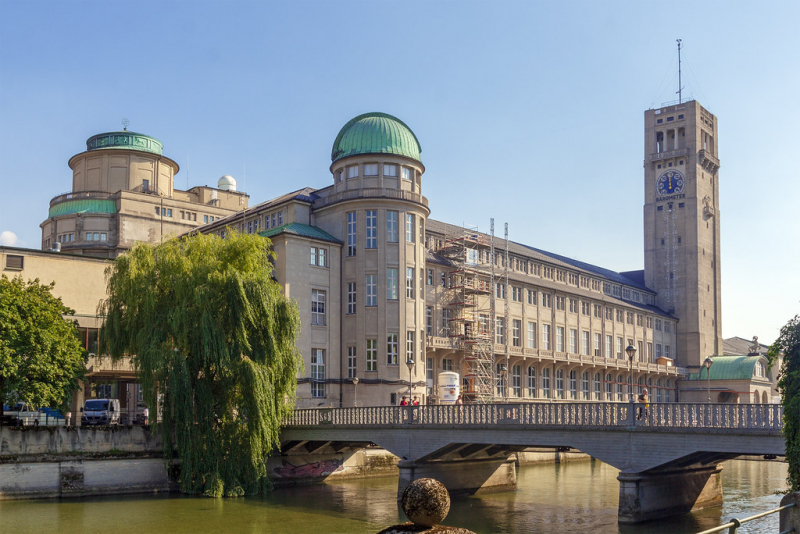
Deutsches Museum, Munich 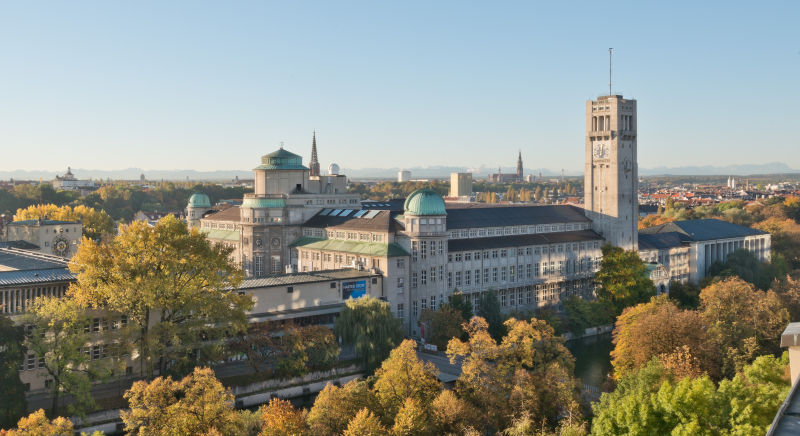
Deutsches Museum, Munich -
The Haus der Geschichte is a contemporary history museum in Bonn, Germany. It is one of the most popular museums in Germany, with around one million visitors every year. The Haus der Geschichte is part of the Haus der Geschichte der Bundesrepublik Deutschland Foundation, as with the "Zeitgeschichtliches Forum Leipzig", the "Tränenpalast" am Bahnhof Friedrichstraße, and the "Museum in the Kulturbrauerei". The foundation's headquarters are in Bonn.
The Haus der Geschichte's permanent display covers German history from 1945 to the present. Numerous temporary displays highlight various aspects. The Haus der Geschichte also offers guided tours of the Palais Schaumburg (which has been closed since August 2013 due to a three-year renovation project), the Chancellor's residence, and the old site of the Federal Assembly. Furthermore, the museum has a cartoon exhibit that has over 75,000 political cartoons and caricatures.
Location: Willy-Brandt-Allee 14, Bonn, NW 53113
Website: hdg.de/haus-der-geschichte/
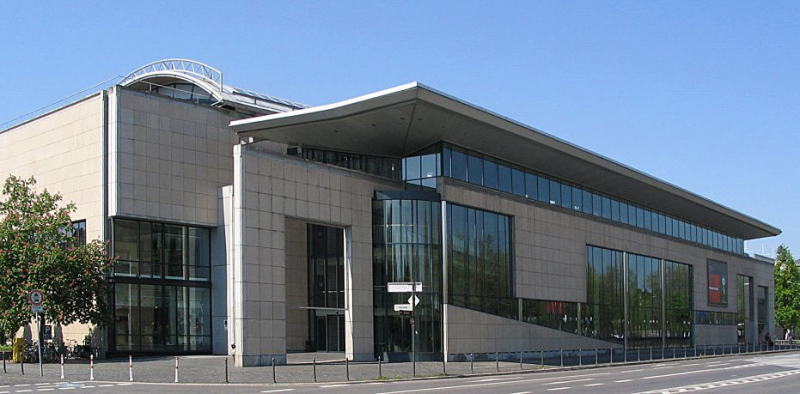
Haus der Geschichte, Bonn 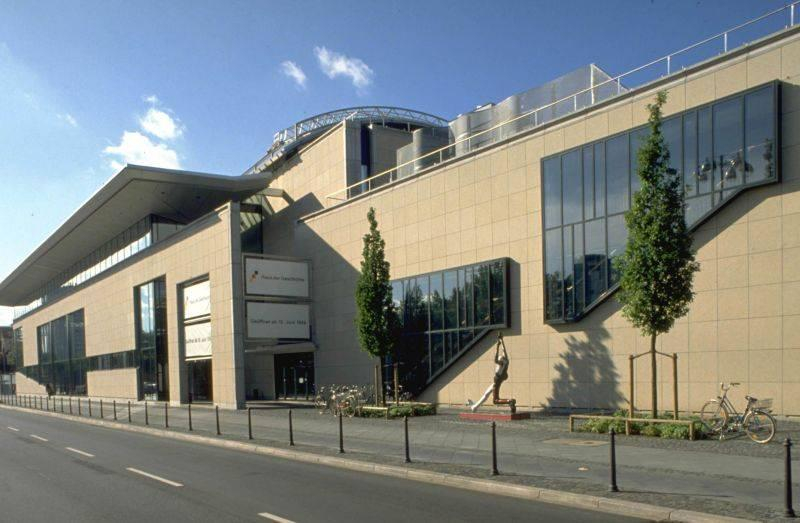
Haus der Geschichte, Bonn -
The German Emigration Center, located in Bremerhaven, Germany, is a museum dedicated to the history of German emigration, particularly to the United States. It is Europe's largest emigration theme museum. Through interactive exhibits, visitors may learn about the emigration process. The museum also gives access to immigration record databases.
The German Emigration Centre, Germany's analog to Ellis Island in New York, is located on the site where around 7,2 million individuals set off to start a new life in the New World. The museum takes you from a dock in Bremerhaven to New York via genuine reconstructions of locales, rare artifacts, and interactive media stations, presenting the life stories of those who made the voyage.
Location: Columbusstraße 65, Bremerhaven, HB 27568
Website: dah-bremerhaven.de/en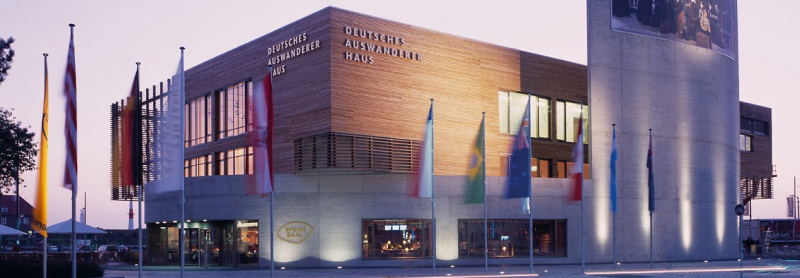
German Emigration Center 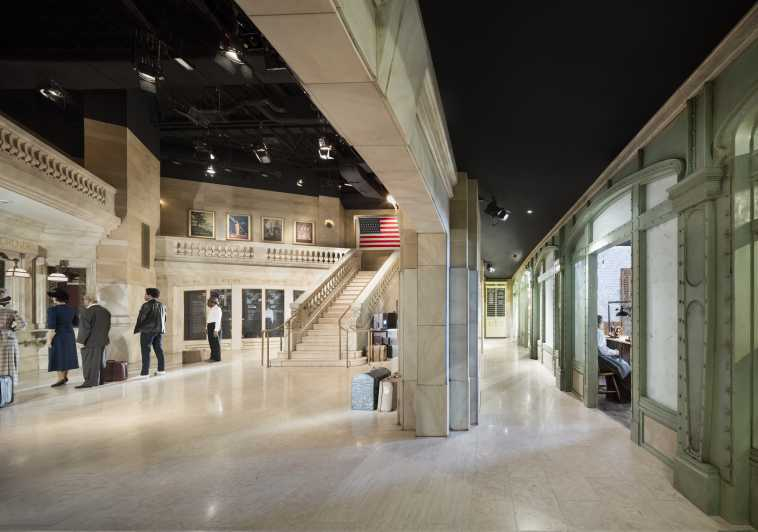
German Emigration Center -
Nuremberg, Germany's Germanisches National Museum is a museum. It was founded in 1852 and has a huge collection of things relevant to German culture and art spanning prehistoric periods to the present. The Germanisches National Museum is Germany's largest cultural history museum. Roughly 25,000 artifacts are on display out of a total holding of approximately 1.3 million objects (including the holdings of the library and the Department of Prints and Drawings).
The museum is located along the medieval city wall to the south of the old city center, between Kornmarkt and Frauentormauer. Its entry hall is located on Kartäusergasse, which was turned into the Way of Human Rights by Israeli sculptor Dani Karavan. The Germanic National Institution in Nürnberg is Germany's largest art and cultural museum. Its collection spans millennia and contains, in addition to paintings and sculptures, textiles and crafts, weaponry, armor, and early scientific instruments. This is the place to go if you're looking for a one-stop-shop for German history.
Location: Kartäusergasse 1, Nürnberg, Bayern 90402
Website: gnm.de
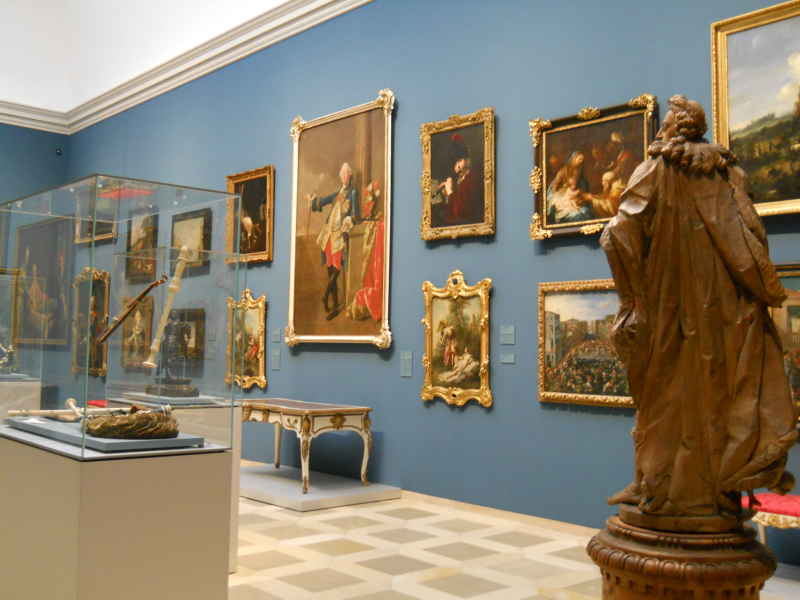
Germanisches Nationalmuseum 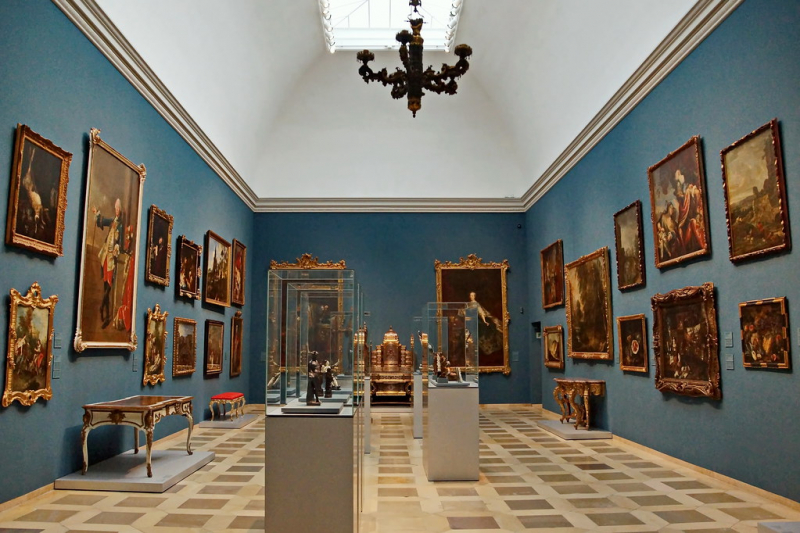
Germanisches Nationalmuseum -
Mettmann, Germany is home to the Neanderthal Museum. It offers an exhibit themed on human evolution and is located near the location of the first Neanderthal man found in the Neandertal. The museum, designed by architects Zamp Kelp, Julius Krauss, and Arno Brandlhuber, was built in 1996 and receives around 170,000 visitors each year. The museum also features an archaeological park on the original discovery site, a Stone Age workshop, and a "human traces" art path. All signage in the museum, as well as the audio tour, are available in both German and English.
The museum depicts the passage of humanity from the savannas to contemporary cities, with an emphasis on Neanderthals. Their life-size replicas are cast and displayed using fossils recovered from ancient locations. The exhibitions are shown on the building's four stories, which are linked by a spiraling ramp. The first portion of the ramp has exhibits on the history of the Neanderthal titled "A Valley and its Secret", which gives information on the remains of the Neanderthal bones.
Location: Talstraße 300, Mettmann, NW 40822
Website: neanderthal.de/en/home.html
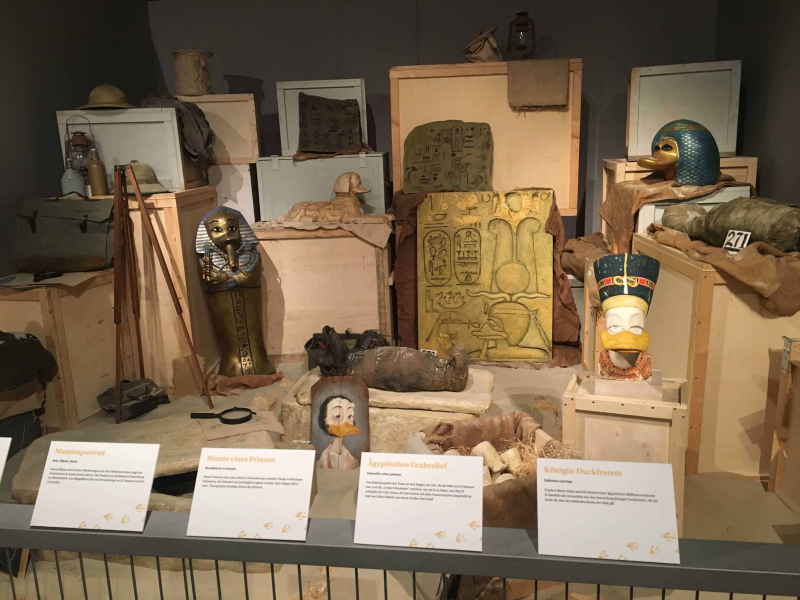
Neanderthal Museum 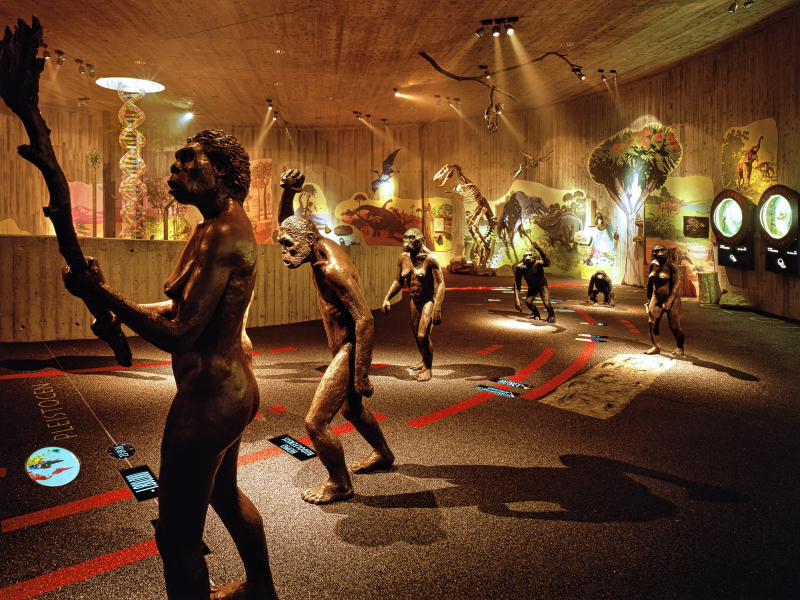
Neanderthal Museum -
The Internationales Maritimes Museum Hamburg is a private museum in Hamburg's HafenCity district. The museum includes Peter Tamm's collection of over 40,000 model ships, building blueprints, uniforms, and marine art, as well as over one million pictures. In 2008, it opened in a disused warehouse.
Shipping nerds, or anybody who likes boats in general, will like this homage to the high seas. The International Maritimes Museum houses Peter Tamm's private collection, which he began when he was six years old. Over 40,000 items have been added to the collection, which includes building plans, model ships, marine art, varied costumes, and a 3,000-year-old dugout canoe.
Location: Koreastraße 1, Hamburg 20457
Website: imm-hamburg.de
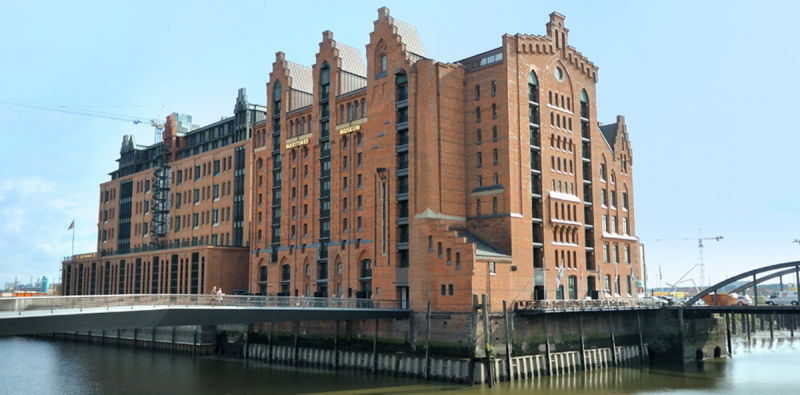
Internationales Maritimes Museum Hamburg 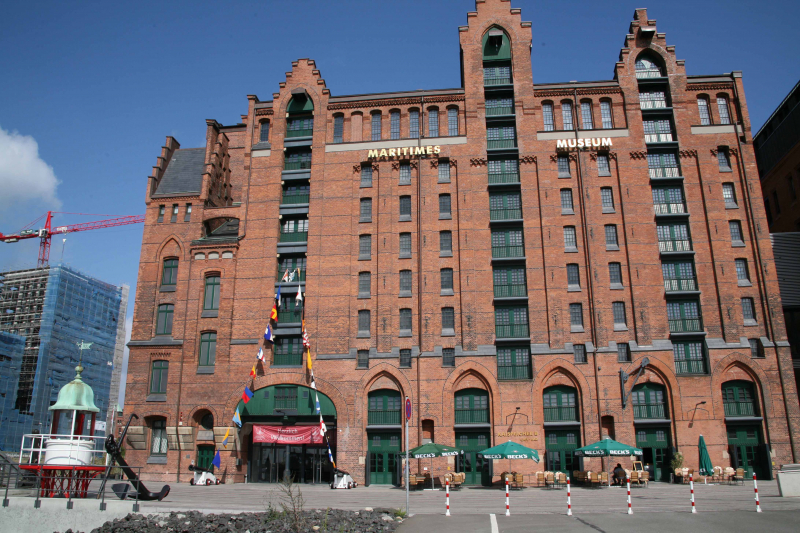
Internationales Maritimes Museum Hamburg -
The DDR Museum is a museum located in the heart of Berlin. The museum is located in the former East German administrative area, just on the Spree River, opposite the Berlin Cathedral. The museum is Berlin's 11th most visited institution. Its display illustrates life in former East Germany (known in German as the Deutsche Demokratische Republik or DDR) in an up-close and personal manner. A hidden listening device, for example, gives visitors the impression that they are "under surveillance".
The museum debuted as a private museum on July 15, 2006. Private sponsorship is rare in Germany since museums are often supported by the state. The museum was received with some hostility from state-owned museums, who saw it as a potentially "suspicious" private museum and were afraid that it may be used to call into question public funding of museums in general. The DDR Museum was nominated for the European Museum of the Year Award in 2008.
Location: Karl-Liebknecht-Str. 1 Direkt an der Spree, opposite of Berliner Dom, 10178 Berlin Germany
Website: ddr-museum.de/en
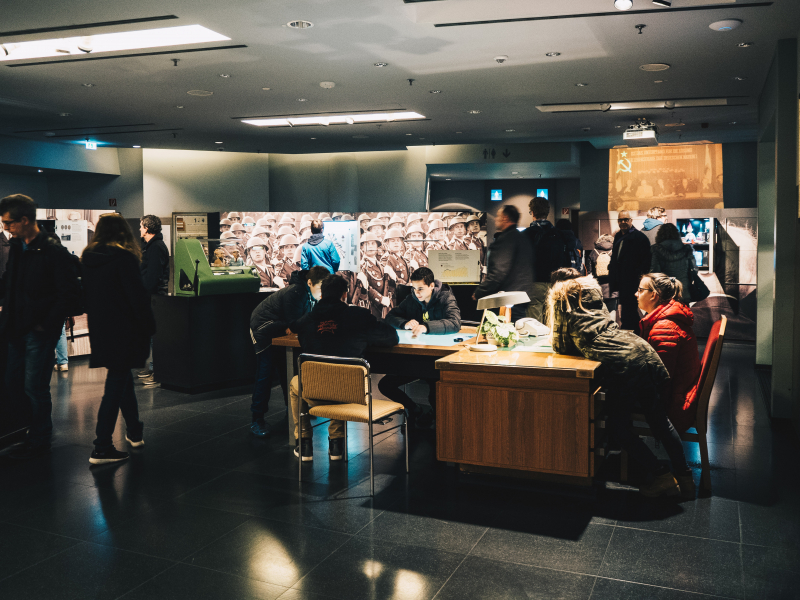
DDR Museum 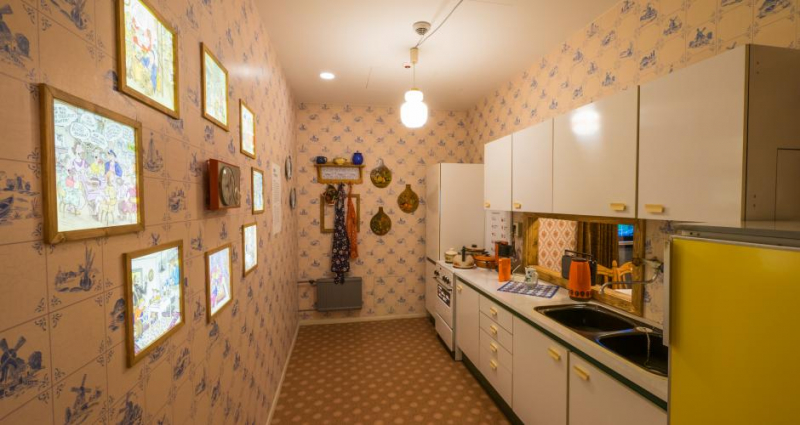
DDR Museum -
The Gutenberg Museum, located opposite the cathedral in the old district of Mainz, Germany, is one of the world's oldest printing museums. It is named after Johannes Gutenberg, the Western European creator of printing with a moveable metal type. Printing equipment and samples of printed items from many civilizations are included in the collections.
The Gutenberg Museum's collection of bookplates, or ex-libris, is the most extensive in the Federal Republic of Germany and one of the most important in the world. The collection began in the mid-twentieth century with the donation of a few dozen bookplates and increased significantly in 1963 with the donation of around 50,000 bookplates by Willy Tropp, one of the most notable bookplate collectors of the period. The collection includes bookplates from renowned and notorious people such as Charles Lindbergh, Albert Einstein, Charles Dickens, Franklin D. Roosevelt, and Adolf Hitler. The collection now has over 100,000 bookplates.
Location: Liebfrauenplatz 5, Mainz, RP 55116
Website: mainz.de/microsite/gutenberg-museum-en/index.php
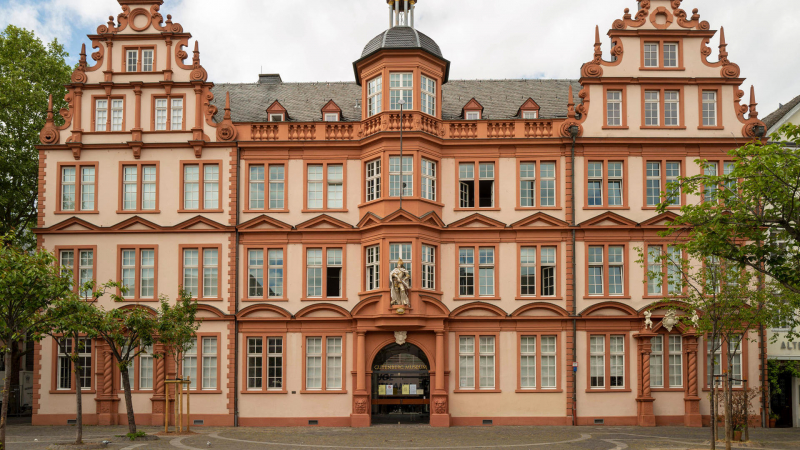
Gutenberg Museum 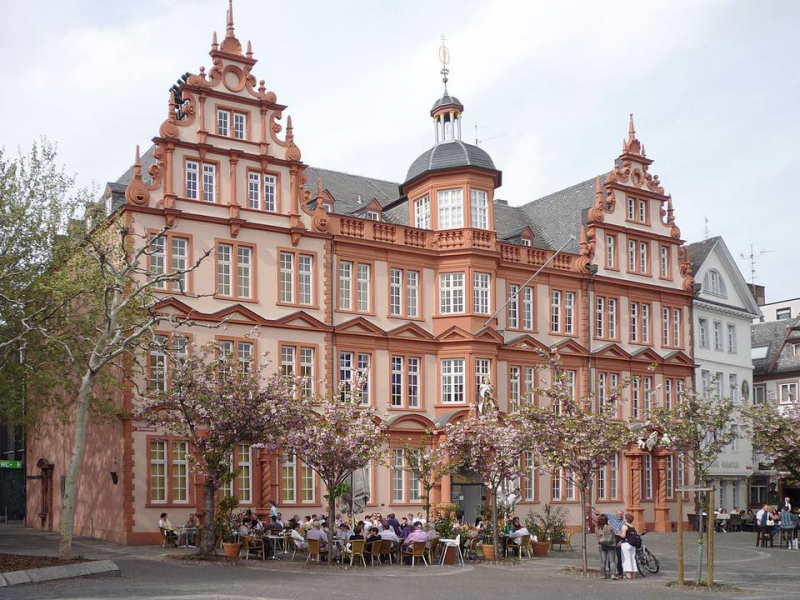
Gutenberg Museum














